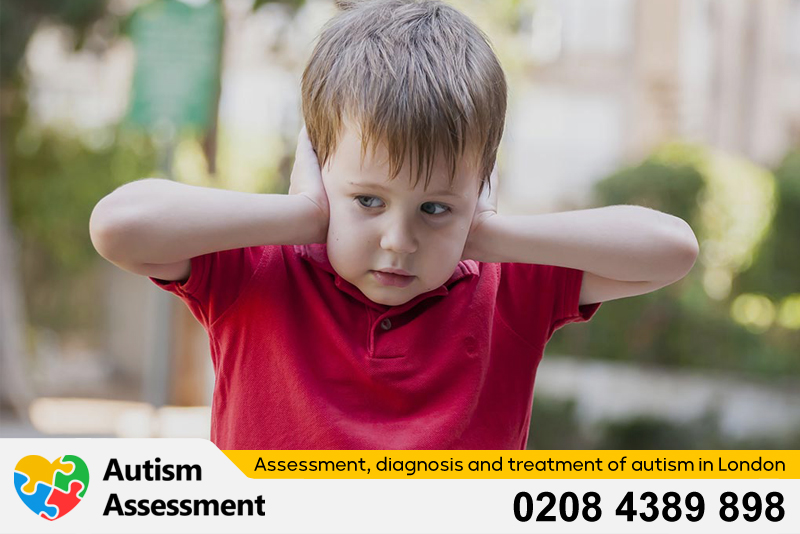Understanding the Distinctions: ADHD vs. ASD
Attention-Deficit/Hyperactivity Disorder (ADHD) and Autism Spectrum Disorder (ASD) are both neurodevelopmental disorders that can present similar challenges, such as difficulties with social cues and attention. However, they are distinct conditions with their own unique characteristics and impacts on individuals.
ADHD is primarily characterized by inattention, hyperactivity, and impulsivity. It is not uncommon for individuals with ADHD to have trouble focusing, to be constantly on the move, and to act without considering the consequences. These behaviors can significantly affect social interactions, academic performance, and daily functioning.
On the other hand, ASD encompasses a range of conditions that are marked by challenges with social skills, communication, and behavior. Individuals with ASD may exhibit repetitive behaviors, have a strong preference for routines, and experience varying degrees of difficulty with verbal and non-verbal communication.
One of the key differences between ADHD and ASD lies in their social aspects. While individuals with ADHD may be impulsive in social situations, those with ASD might struggle more with understanding and responding to social cues. This can manifest in a lack of eye contact, difficulty interpreting body language, or challenges in developing and maintaining relationships.
Another distinction is the presence of repetitive behaviors and fixations, which are more commonly associated with ASD. These can include specific routines, intense interests, or repetitive movements like rocking or hand-flapping.
It’s important to note that ADHD and ASD can co-occur, meaning an individual can have both conditions simultaneously. This can complicate diagnosis and treatment, as the symptoms can overlap and influence each other.
Diagnosis and treatment approaches for ADHD and ASD differ as well. ADHD is typically managed with a combination of behavioral therapy and medication to help control symptoms. ASD interventions often focus on specialized therapy to enhance communication skills and social interaction, alongside strategies to manage any associated sensory sensitivities.
Understanding the nuances between ADHD and ASD is crucial for providing appropriate support and interventions. It enables caregivers, educators, and healthcare professionals to tailor their approaches to meet the specific needs of each individual affected by these conditions.
For those seeking more detailed information on the differences between ADHD and ASD, resources such as Understood.org and Verywell Health offer comprehensive overviews and guidance. These platforms provide valuable insights into the symptoms, causes, diagnosis, and treatments for both disorders, helping to demystify the complexities surrounding them.
In conclusion, while ADHD and ASD share some overlapping symptoms, they are distinct disorders that require different approaches to care and management. Recognizing these differences is essential for effective support and improving the quality of life for those affected by either or both conditions.



